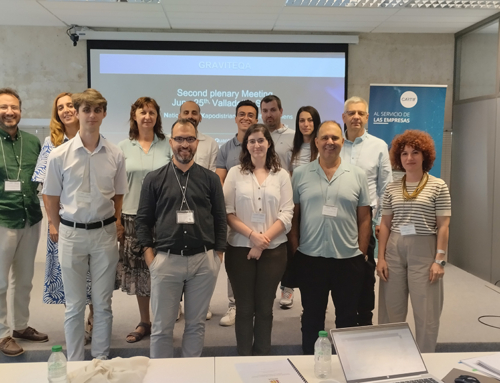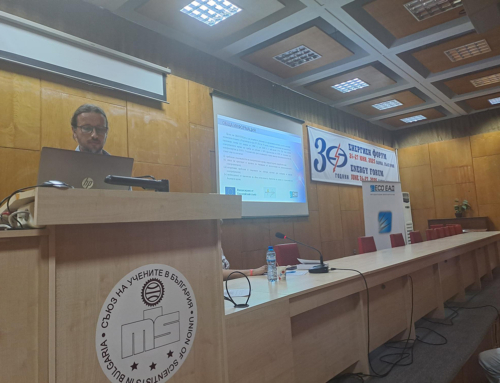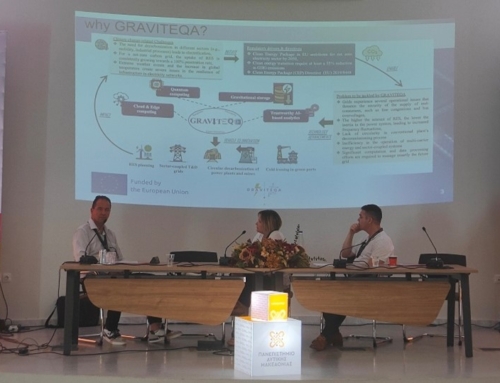
GRAVITEQA project at EERA
Energy storage technologies are essential to the future of sustainable energy systems, enabling the integration of variable renewable sources (VRES) and enhancing grid reliability. To fully leverage the potential of energy storage systems (ESSs), their operation must be optimized using advanced algorithms, predictive analytics, and accurate modelling that captures their response to fluctuations in energy supply and/or demand, and electricity prices, thus enabling better integration of VRES and improving overall system efficiency and cost-effectiveness. In line with this, EERA Joint Programmes Energy Storage (ES), Clean Energy transition for Sustainable Society (e3s), Concentrated Solar Power (CSP) and Digitalization for Energy (DfE) are jointly organizing the workshop called “SMART OPERATION OF ENERGY STORAGE TECHNOLOGIES IN FUTURE ENERGY MARKETS” focused on optimizing storage operation through cutting-edge digital tools and accurate modelling. The workshop took place in Madrid on Tuesday 13th and Wednesday 14th May 2025 at the Escuela Técnica Superior de Ingenieros de Telecomunicación (ETSIT) of the Universidad Politécnica de Madrid.
University of Western Macedonia (UoWM) attended the workshop to present the scope of the GRAVITEQA project, funded by the Horizon Europe Programme, in providing cost-effective, circular economy-based solutions using ESSs to address challenges in electricity grid operation. In more detail, the GRAVITEQA project aligns with the EU’s ‘Fit for 55’ objectives by supporting the integration of ESS to enable the greater penetration of VRES into the grid. To achieve that, it explores the potential of circular economy by repurposing the decommissioned coal power plants and abandoned mines into gravity-based storage facilities. By reusing the abandoned infrastructure, the project reduces both environmental impact and investment cost, while addressing the operational challenges potentially caused by VRES penetration. The GRAVITEQA project also promotes hybrid solutions that combine complementary storage characteristics to further support the grid operation. In this way, the approach involves two stages: first, the creation of an optimization algorithm to determine the ideal size and mix of energy storage technologies based on technical and financial inputs; and second, the coordination of different storage systems to provide grid services.







